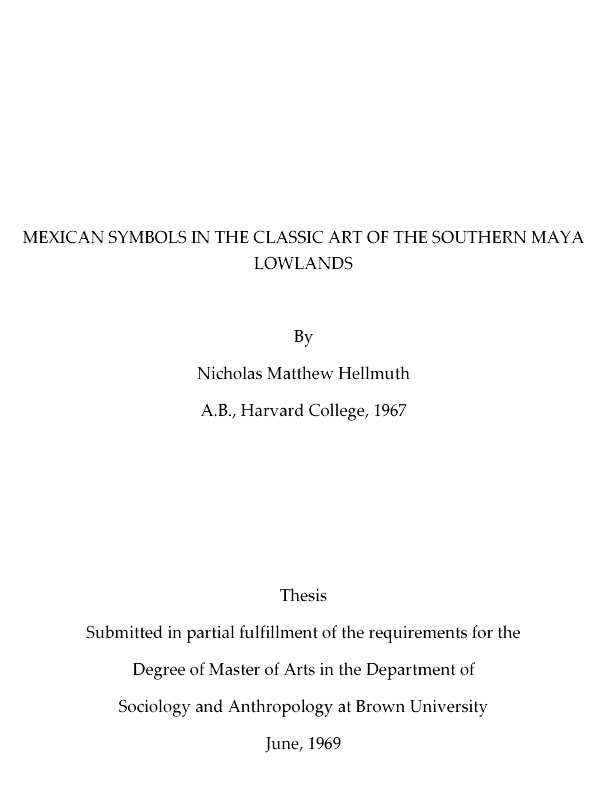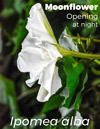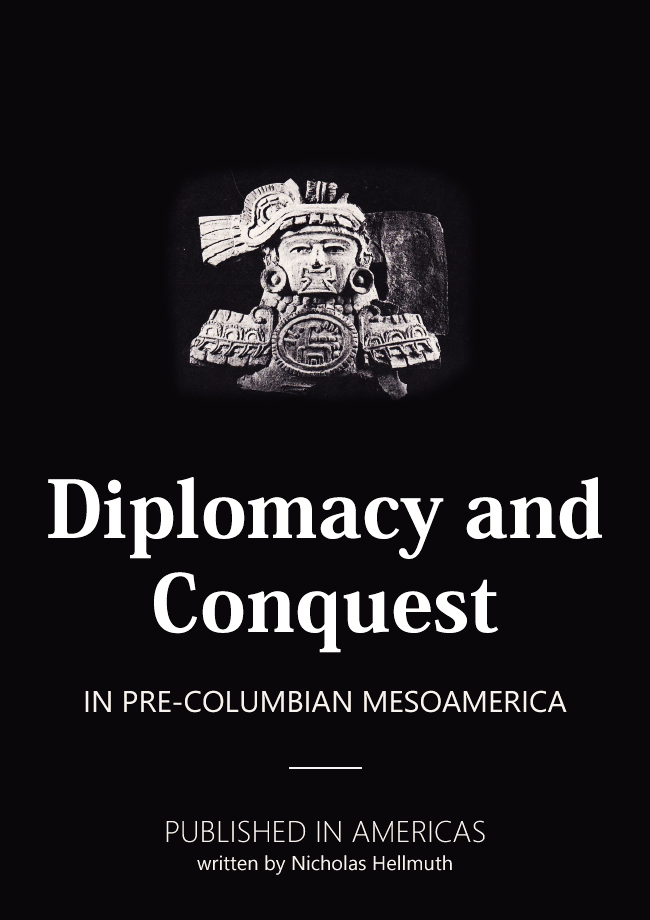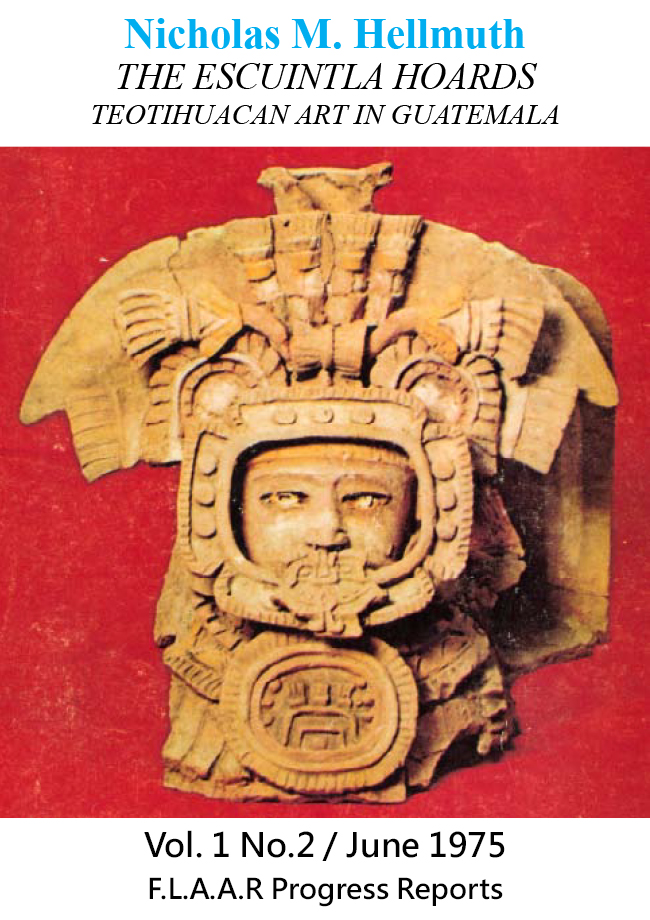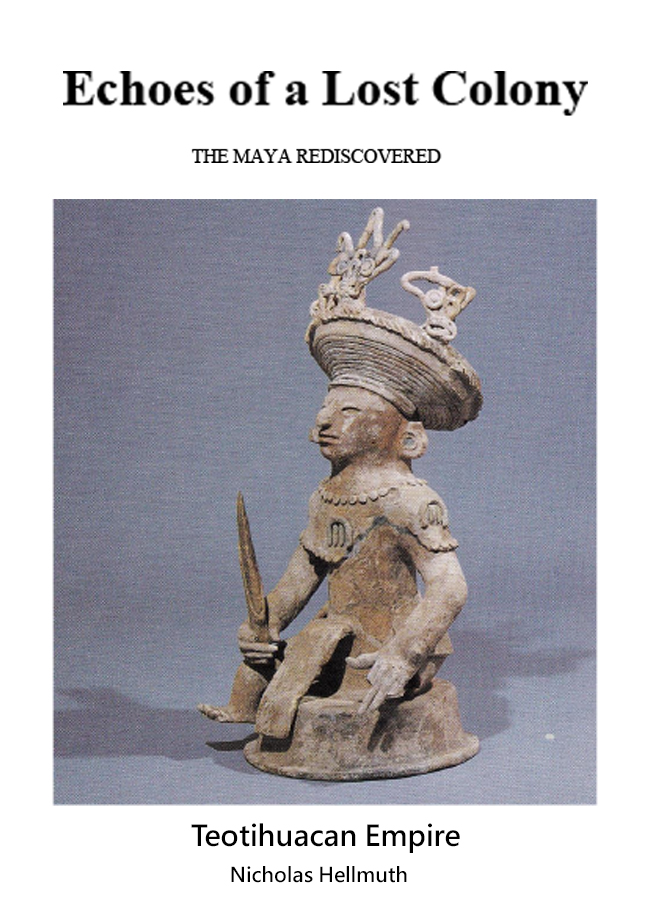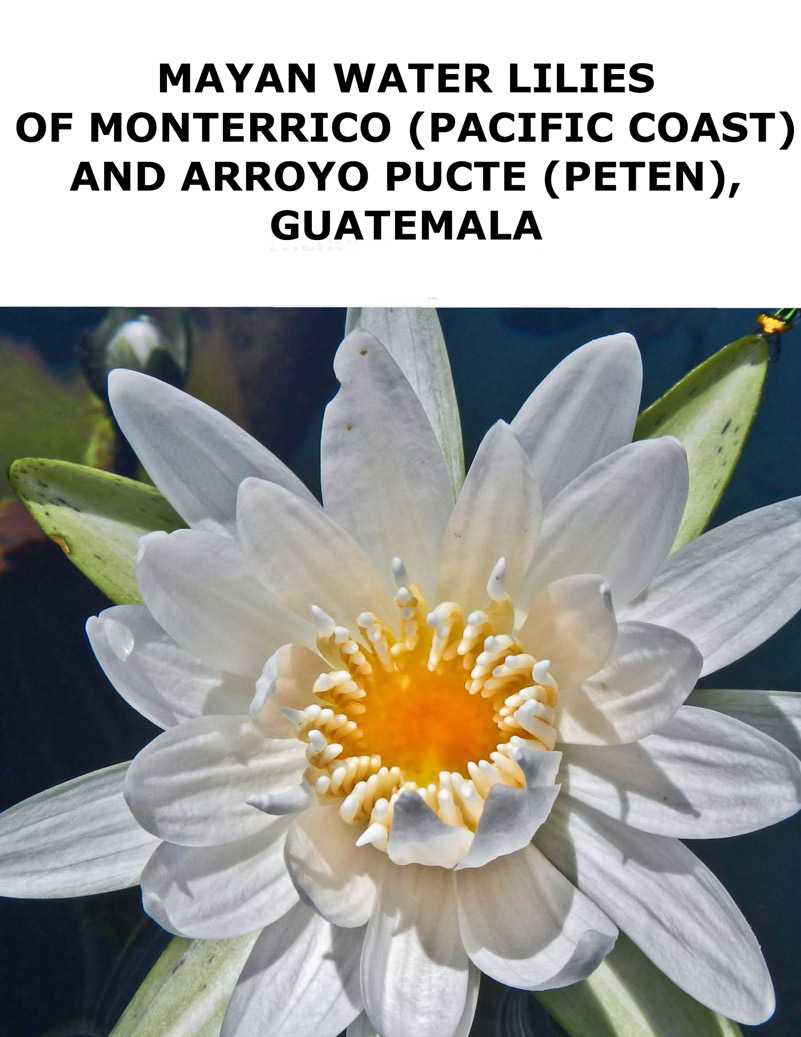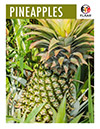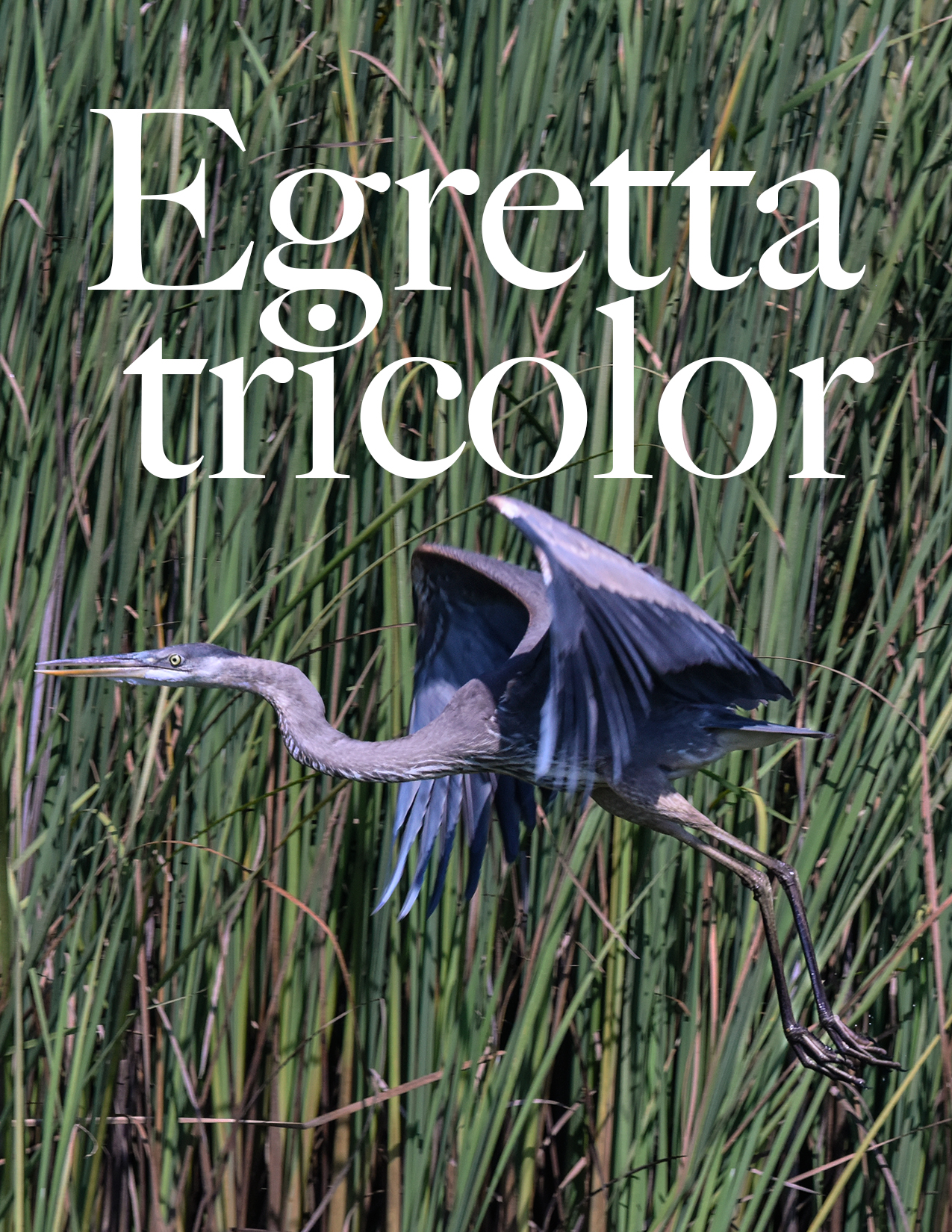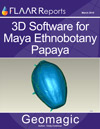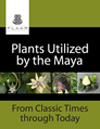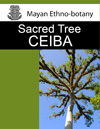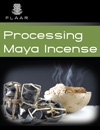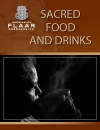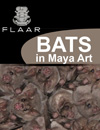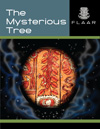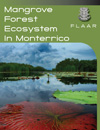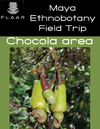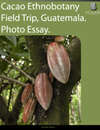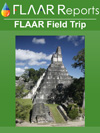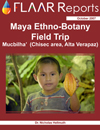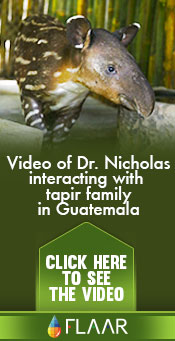Academic Jargon; definitely helps to have a glossary
During the years that I lived in Graz, Austria, preparing my PhD dissertation (1970’s to late 1980’s), I prepared glossaries on Mesoamerican topics (in English, German and Spanish) and words related to Maya archaeology. But since in the recent decade(s) I am doing field work and library research on edible and utilitarian native Mayan plants, I have not yet scanned all these glossaries to publish them. But on this web page I wish to give at least a discussion of a few of the key terms. By mid-August we hope fo have a glossary on iconography ready.
Introductory Glossary on (Maya) archaeology, anthropology, etc.
Below is a brief introductory glossary of a dozen words used by archaeologists. You could add another hundred, but let’s start with at least a few. If you are a student at a university you will meet many other specialists.
anthropology, anthropologist: anthropology is the study of cultures, usually comparative. But also anthropology is a cover-word, so most universities have a Dept. of Anthropology (but not a Dept. of Ethnology). Within a typical Dept. of Anthropology is archaeology and ethnology, but many other topics may be included: even ecology, geography, etc. At Harvard I started in Architectural Sciences (since my father, grandfather, and older brother were all architects. But after my junior year living and working on excavating and doing architectural drawings of Maya pyramids and palaces at Tikal, I switched to become an undergraduate student in the Dept of Anthropology, though my field work and my undergraduate BA thesis were pure archaeology. My MA degree was in the Dept. of Sociology and Anthropology at Brown University (not sure what it was really called back in that early era). But my MA thesis was on iconography of art of Teotihuacan and Maya civilization. My PhD dissertation was in the Dept. of Art History, University of Graz, Austria (Karl-Franzens Universitaet), in iconography, cosmology, and art history. Yet today (and for the recent decades) I have done research primarily in zoology (insects, water birds, pollinators, reptiles, felines, monkeys) and ethnobotany (edible and useful plants native to the Mayan areas of Guatemala and adjacent countries). Plus in past years I have been more often a (visiting research) professor in advanced digital imaging and digital printing technology (at two universities simultaneously, BGSU in Ohio and UFM in Guatemala).
archaeology, archaeologist. When I was a student at Harvard, archaeology was taught in two departments: art history department, and anthropology department. I preferred the anthropology department (even though ironically after graduating I evolved into iconography, cosmology, and art history and my first teaching job was in art history department, as an instructor at the University of Graz, Austria, teaching auf Deutsch). As a student I was told that archaeology (field archaeology) was to uncover information to allow us to reconstruct ancient civilizations or reconstruct the way of life of ancient societies. But it did not take long to notice that, in the real world, more than 50% of capable archaeologists and almost all capable art historians were focused on ART, ARTIFACTS and ARCHITECTURE. I too was totally focused on art, artifacts, and monumental architecture at age 19 while a student intern at Tikal. But today, and for the recent 15 years, I prefer to learn what did the Classic Maya have available to eat? How did they flavor their cacao? What plants were available (besides guano and corozo) to thatch their houses with? What plants were available to wrap things in (since there was no plastic). Field archaeology in middens helps that; epigraphy helps to read the ingredients mixed with cacao in the Primary Standard Sequence of glyphs around lots of Maya ceramics (especially Tepeu 1 ceramic bowls in the size and shape of a morro or jicara container (calabash) that the Mayan people still today use to drink cacao). When we visit remote areas in Guatemala, the local Mayan people bring out cacao drink in calabash bowls. And for Christmas Day meal, 2018, I had maize tamal served to me in a mud floored Mayan house, so remote there was not even an aldea or communidad nearby. This tamal was 100% maize: no meat inside. This (and as a maize drink) is most likely how the Classic Maya consumed their maize; tortillas are not yet proven to have been common in the Classic period. To be in a Mayan house and be served a Mayan meal: I never learned these aspects about the civilization from a primary focus on art, artifacts or monumental architecture. However traditional archaeology is definitely helpful; it’s just that I prefer to learn other aspects of how the Mayan people survived for thousands of years. You can learn more if you visit the homes of Mayan-speaking people and you learn more if you hike many kilometers doing field work in remote parts of the heartlands of the Classic Maya civilization.
biology, a biologist studies plants, fungi and/or animals. The FLAAR teams (FLAAR, USA, and FLAAR Mesoamerica, Guatemala) study edible plants, usable plants (what plants and fungi were available for the ancient Maya people to eat and to use). We study fauna to learn which are in Maya myths, which are in Maya art (iconography), which animals are pictured in Maya hieroglyphs (epigraphy). Every aspect of biological research in Guatemala, Mexico, Belize, Honduras and El Salvador help advance the study of Maya archaeology.
cosmology is the study of the cosmos, of the world view. Each civilization has different concepts of “the world around them, beneath them, and above them in the sky.” I did research on the cosmology of the Surface of the Underwaterworld for my PhD dissertation (1980’s) and still today (2023) do field work to study the wetlands that the Classic Maya had available: rivers, lakes, lagoons, aguadas, swamps, marshes, seasonally inundated bajos, seasonally inundated savannas, etc.
ecology is the study of interrelationships among flora, fauna and ecosystems. An ecologist studies the relationships of all aspects within a research area: soil, water, climate, plants, animals, but different than a biologist. The FLAAR teams do both ecology of wetlands and biology of wetlands, especially savannas of Guatemala. All this information helps the study of Maya archaeology.
epigrapher, a person who studies epigraphy, or the writing system (usually of an ancient civilization). Scholars who study Olmec, Mayan hieroglyphic and other Mesoamerica writing are called epigraphers.
epigraphy within the realm of Maya archaeology is the study primarily of Maya hieroglyphic writing. In past centuries most epigraphy was on the Long Count calendrical hieroglyphs on stone stelae, lintels, wall panels, thrones, etc. Since 1973 lots of epigraphy is devoted also to the Primary Standard Sequence, Maya hieroglyphs around the upper parts of the vases, bowls and plates especially of the Late Classic. PSS are also in Early Classic ceramics and other artifacts. Epigraphy allows epigraphers to read what the ancient Maya said about themselves and their history and their beliefs. Maya archaeology what it has advanced to today is grateful to epigraphers.
ethnobotany, ethnobotanist, the study of plants of one or more cultural areas, but studying more than just the biology of the plants: ethnobotany also involves studying the language of the world area where your plants of interest are located. I have been focused on plants of the Mayan world for many years and have accomplished close to 100,000 kilometers of field trips in the recent 12 or more years (about 1000 kilometers driving per field trip, Guatemala City out to whatever remote area we are keen at learning about). We are primarily focused on the edible and utilitarian plants but also the sacred plants and all flowers that are pictured in Classic Maya art (that would be in the research field of iconography)
ethnography, ethnographer, is the study of one single culture. So I myself study various Mayan cultures but I do not compare them with societies in South America or the Pacific Islands. I find there is so much to learn from the Mayan people that I don’t have time to jump to another culture, though obviously I also study the Zapotec and Aztec since they both interacted with Maya peoples in their respective centuries. But all are within Mesoamerica and thus share many features.
ethnohistory, the study of a culture through historical documents. I did research in the Archivo General de Centro America, Zona 1, in Guatemala City for several years. I had a fellowship courtesy of the American Philosophical Society to study in the Archivo General de Indias, in Sevilla, Spain (1971). I specialized in the Cholti Lacandon Maya of Chiapas, Mexico, Peten Ytza of Guatemala, and related Mayan groups of Chiapas, Peten, and Alta Verapaz.
ethnonology, ethnologist, I put these together (out of alphabetical order) because these two words are the most confusing. An ethnologist is an anthropologist who studies and compares multiple cultures.
ethnozoology, the study of fauna from the point of view of the culture and/or language of a specific part(s) of the world. I tend to study more ethnobotany than ethnozoology since flowers and plants are easier to find plus they stay more or less still in one place so I can photograph them more easily. But my PhD dissertation had a chapter on waterbirds and I also today study feline spots: the differences between margay pelage, ocelot pelage, and jaguar pelage pictured on Classic Maya bowls, vases, and plates. I also study monkeys, macaws, peccary, snakes, crocodiles and other creatures out in the rain forests and in Classic Maya art and archaeology.
cosmology, the study of a culture’s perception of their place in the physical, spiritual or their cultural perceived universe around them. This is entirely my personal definition because I am interested in the world view of the pre-hispanic Mayan cultures. My PhD dissertation was on the water-related cosmology of the Classic Maya, a cultural world which I named the Surface of the Underwaterworld. This dissertation is available in a hard-cover coffee-table style book, Monsters and Men in Maya Art. The book is in German but for benefactors we can provide an electronic copy in English.
iconographer, a person who studies iconography.
iconography, the study of meaning in art. The popular modern equivalent would be symbiologist. But at most universities, in an art, anthropology or archaeology department, only the concept of iconography or iconographer would be used.
jade is the common word for what a geologist might tend to call jadeite. Tons of this are still being mined on the slopes of hills facing the Rio Motagua.
linguist is an individual who studies a local language. Most epigraphers have to also be a linguist since an epigrapher needs to know the Yucatec Maya and/or Chol Mayan in order to understand the phonetic and other aspects of the hieroglyphs. To student proto-classic stelae inscriptions you need to know Mixe-Zoque and other languages of Mexico. So far there is no consensus of what language was spoken by the Teotihuacan capital, ironic since this is one of the most wide-reaching commercial and culture “empires” of Mesoamerica.
Maya is both a noun and an adjective. So the correct term is Maya civilization, not Mayan civilization.
Mayan is the word used for the languages, the Q’eqchi’ Mayan language. But to make the jargon even more tricky, the Mayan language of the Yucatec is traditionally known as Yucatec Maya. The Lacandon of Chiapas speak Lacandon Maya. The people in Peten spoke Itza Maya (because their ancestors came from Chichen Itza, Yucatan, Mexico). Sorry, scientists do this in every field.
mythology is the study of mythical creatures, mythical plants, mythology parts of the world, past, present, and future. Most mythology are the legends and tales and myths of a people. The Popol Vuh is a great source for studying Maya mythology. Mythology is a helpful part of Maya archaeology since most of the locations and individuals mentioned in the mythos of the Popol Vuh are found painted on vases, bowls, plates or sculpted on bas-relief stelae, altars, lintels, thrones, wall panels, etc. Folklore would be another aspect of mythology.
obsidian is volcanic glass. There are many areas of Guatemala, Mexico, and nearby countries where this volcanic material can be found. The easiest place is Kilometer 25, on the south side of Highway CA9. Here there are tons of volcanic glass where the highway was bulldozed through the base of the El Chayal area. Evidently there are pre-Columbian obsidian mines up on top of the hill (but I have never climbed up). But out of sheer curiosity I did drive to the area of once Teotihuacan-controlled mines of green obsidian in Pachuca area of Mexico. This is because my MA thesis was on Teotihuacan influence on the Classic Maya and much of my research in the 1970’s was on Teotihuacan influence on the art of the Tiquisate area of Costa Sur, Guatemala. My interest in Teotihuacan interest was also the reason why I dedicated four years of my life to raising funds to map the Classic Maya ruins of Yaxha, since Stela 11 there has the largest representation of a Tlaloc warrior anywhere outside the capital of Teotihuacan itself.
Pre-Columbian means before the arrival of Columbus.
Pre-Hispanic is the same, before the arrival of the Spaniards. Both these words are sometimes spelled as a single word, Prehispanic and Precolumbian.
soil scientist helps archaeologists know which kinds of soil produce which pros and cons within which ecosystem/habitat is being studied in Maya archaeology. For example, how does the soil of a savanna differ from the soil of a bajo forest that surrounds the savanna? How does the soil in the center of a savanna (where Thalia grows) differ from the soil elsewhere in the same savanna where calabash trees and tasiste palm grow? It helps learn about Maya archaeology to have lots more than just ancient Maya artifacts.
symbology is the study of symbols. In Maya archaeology we call this iconography, the study of meaning of icons. Symbologist is the popular term used by Hollywood in movies such as The DaVinci Code and others.
Zooarchaeology is the study of bones and other remains of animals in middens, sacred offerings, and other archaeological findings. Zooarchaeologists assist the study of Maya archaeology.
Most recently updated August 17, 2023.
Updated April 2, 2020.
First posted June 12, 2014

